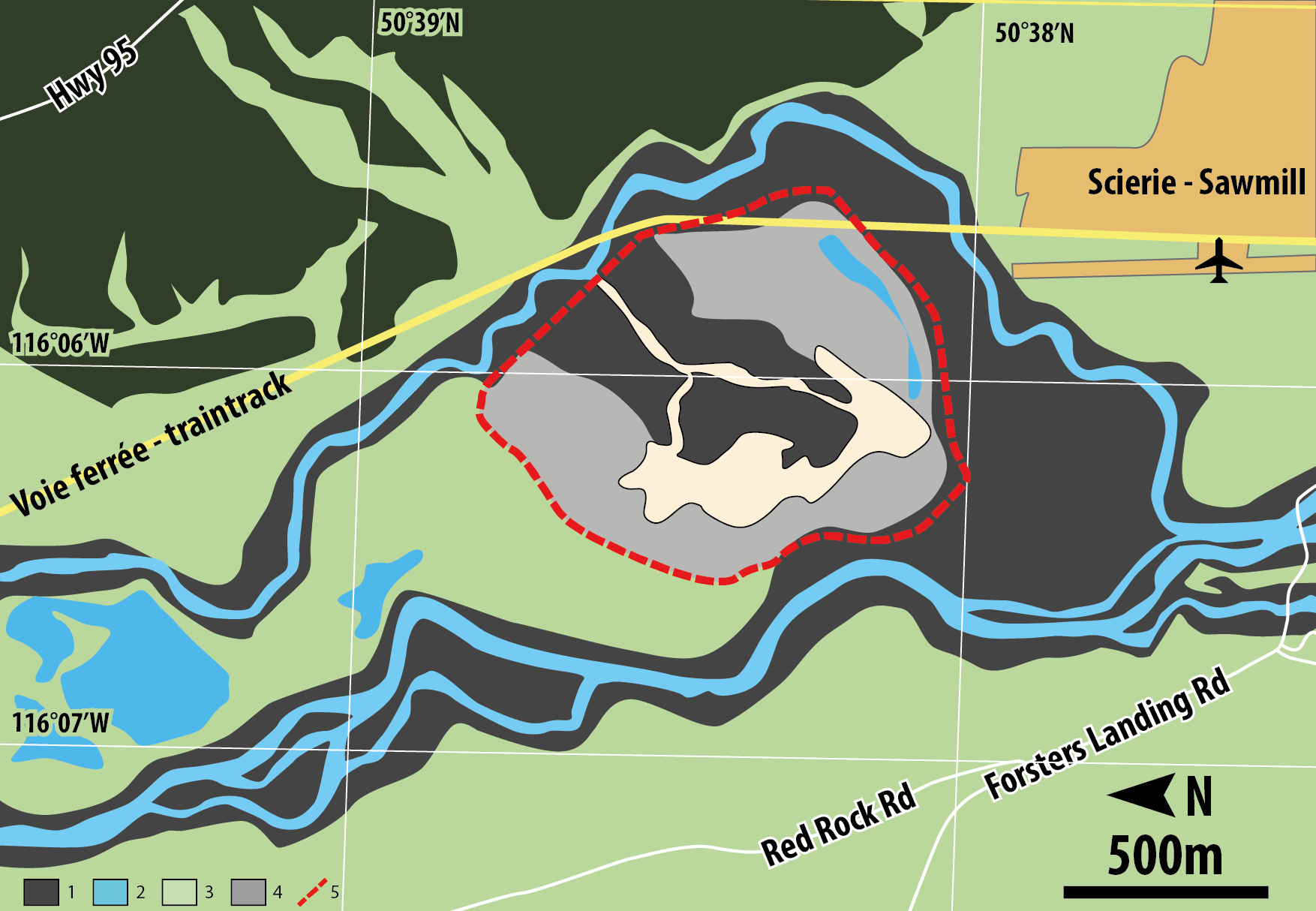crevasse splay on:
[Wikipedia]
[Google]
[Amazon]
 A crevasse splay is a
A crevasse splay is a
A crevasse splay along the Columbia River
{{Rivers, streams and springs Rivers Fluvial landforms
 A crevasse splay is a
A crevasse splay is a sedimentary
Sedimentary rocks are types of rock that are formed by the accumulation or deposition of mineral or organic particles at Earth's surface, followed by cementation. Sedimentation is the collective name for processes that cause these particles ...
fluvial deposit which forms when a stream breaks its natural or artificial levees
A levee (), dike (American English), dyke (Commonwealth English), embankment, floodbank, or stop bank is a structure that is usually earthen and that often runs parallel to the course of a river in its floodplain or along low-lying coastli ...
and deposits sediment on a floodplain
A floodplain or flood plain or bottomlands is an area of land adjacent to a river which stretches from the banks of its channel to the base of the enclosing valley walls, and which experiences flooding during periods of high discharge.Goudi ...
. A breach that forms a crevasse splay deposits sediments in similar pattern to an alluvial fan deposit. Once the levee has been breached the water flows out of its channel. As the water spreads onto the flood plain sediments will start to fall out of suspension as the water loses energy. The resulting deposition can create graded deposits similar to those found in Bouma sequence
300px, thumbnail, Turbidite from the Devonian-age Becke-Oese Sandstone">Devonian.html" ;"title="Turbidite from the Devonian">Turbidite from the Devonian-age Becke-Oese Sandstone, Germany showing a complete Bouma sequence.
The Bouma Sequence (afte ...
s. In some cases crevasse splays can cause a river to abandon its old river channel, a process known as avulsion. Breaches that form a crevasse splay deposits occur most commonly on the outside banks of meander
A meander is one of a series of regular sinuous curves in the channel of a river or other watercourse. It is produced as a watercourse erodes the sediments of an outer, concave bank ( cut bank) and deposits sediments on an inner, convex ban ...
s where the water has the highest energy. Crevasse splay deposits can range in size. Larger deposits can be thick at the levee and spread wide, while smaller deposits may only be thick.Mjøs, R., Walderhaug, O. and Prestholm, E. (2009) Crevasse Splay Sandstone Geometries in the Middle Jurassic Ravenscar Group of Yorkshire, UK, in Alluvial Sedimentation (eds M. Marzo and C. Puigdefábregas), Blackwell Publishing Ltd., Oxford, UK.
See also
* * *References
External links
A crevasse splay along the Columbia River
{{Rivers, streams and springs Rivers Fluvial landforms